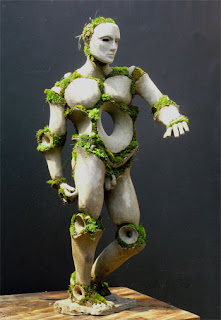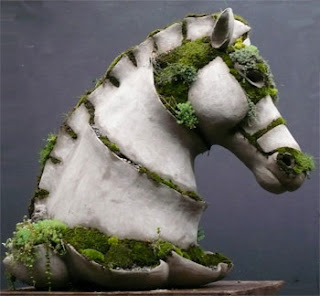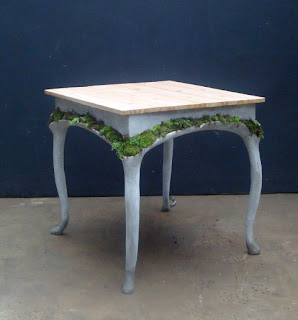Jump was born in 1952, Halsman said, after an arduous session photographing the Ford automobile family to celebrate the company’s 50th anniversary. As he relaxed with a drink offered by Mrs. Edsel Ford, the photographer was shocked to hear himself asking one of the grandest of Grosse Pointe’s grande dames if she would jump for his camera. “With my high heels?” she asked. But she gave it a try, unshod—after which her daughter-in-law, Mrs. Henry Ford II, wanted to jump too.
For the next six years, Halsman ended his portrait sessions by asking sitters to jump. It is a tribute to his powers of persuasion that Richard Nixon, the Duke and Duchess of Windsor, Judge Learned Hand (in his mid-80s at the time) and other figures not known for spontaneity could be talked into rising to the challenge of…well, rising to the challenge. He called the resulting pictures his hobby, and in Philippe Halsman’s Jump Book, a collection published in 1959, he claimed in the mock-academic text that they were studies in “jumpology.”
Portraiture is one of the greatest challenges in photography, because the human face is elusive and often mask-like, with practiced expressions for the standard range of emotions. Some photographers accept these preset expressions—think of annual-report portraits of corporate officers—and others try to eliminate expression altogether, to get a picture as neutral as a wanted poster. Halsman was determined to show his sitters with their masks off but their true selves in place.
Eva Marie Saint, 1954
Audrey Hepburn
Grace Kelly, 1959
Dutchess and Duke of Windsor, 1956
Richard Nixon, 1955
Oppenheimer, 1958
Salvador Dali, 1949
Edward Steichen, 1955


























_01.jpg)




















